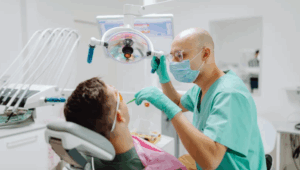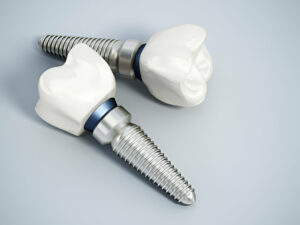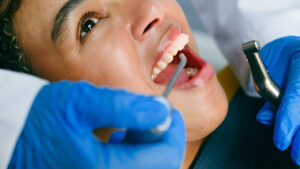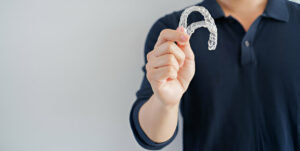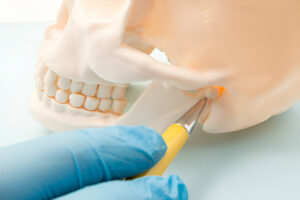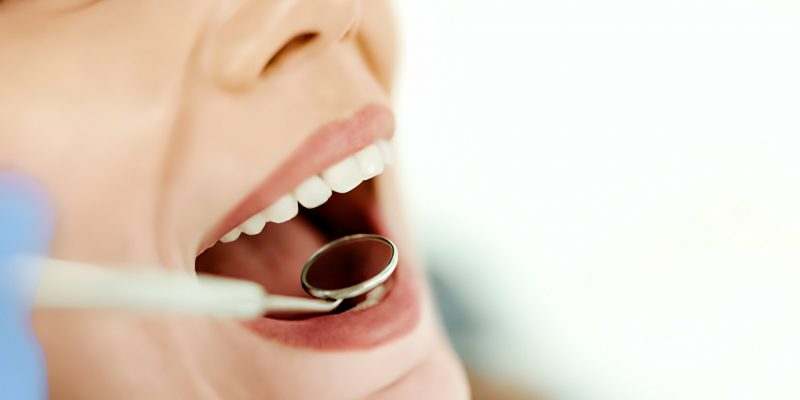Summary:
There might often be cases where your teeth are damaged beyond repair, leaving tooth extraction the only feasible alternative. This procedure requires the preventive dentist to extract the affected tooth from its roots.
There could be many reasons why you need an extraction, from severe decay to chipped or broken teeth beyond repair. The treatment, however, does not simply end after you have extracted your teeth. You must ensure proper aftercare for extraction to minimize discomfort and hasten recovery.
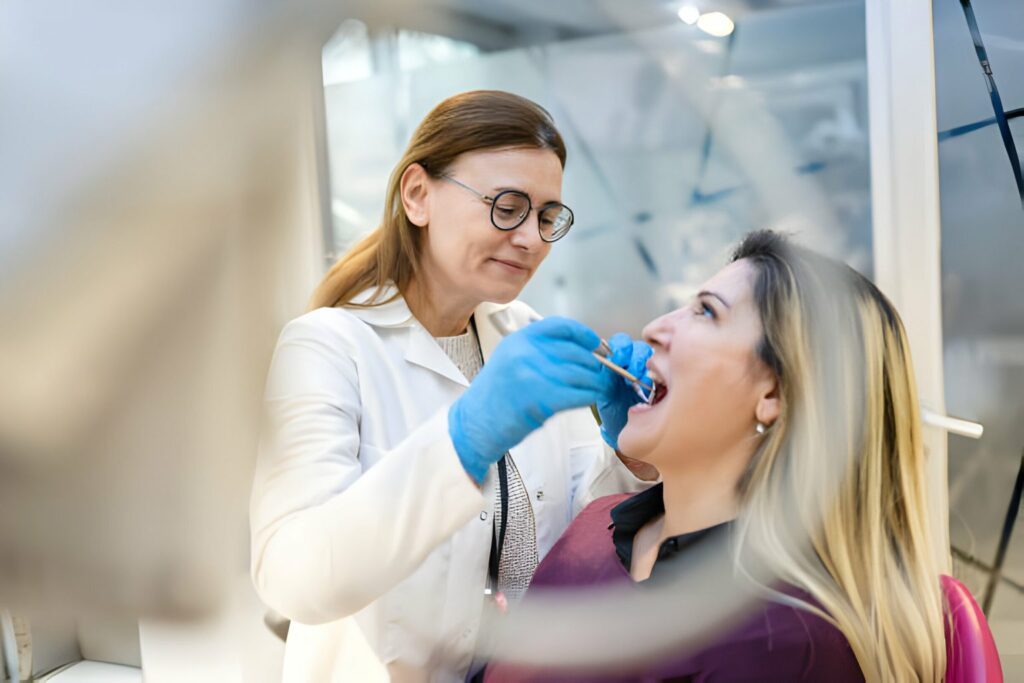
But what are the aftercare requirements for a conventional tooth extraction procedure? There are many, and this blog will explore the aftercare needs for this preventive dental treatment.
- How Do Things Work After a Tooth Extraction?
- Caring After The First Day After Tooth Extraction
- Important Post-Operative Instructions After Extraction
There are many of these procedures you need to remember. Let’s check them out and determine how to manage extraction aftercare.
Introduction
Have you experienced severe toothache due to an infection or decay? If yes, you are no stranger to the agony of this pain and why extraction makes better sense in some instances.
While caries are a leading cause of removal for over 52.2% of individuals, there are several other reasons why you might have to undergo extraction. The process in itself is complex, requiring thorough pain management and aftercare preventive dentistry.
Connecting with professionals allows you to undergo the procedure seamlessly without effort.
How Do Things Work After a Tooth Extraction?
Before diving into the nuances of extraction aftercare, you must first understand the removal process. Regular dental visits are essential to maintain oral health and ensure early detection for proper treatment. However, leaving oral issues such as tooth decay untreated for a long time can result in further severe complications, leaving removal as the only alternative.
Tooth Extraction Can Be Challenging!
Once a preventive dentist extracts an adult tooth, the socket starts bleeding even with stitches in place. Initially, the dentist will provide you with gauze pads and place them onto the socket to absorb the blood drainage. This helps promote blood clotting, further restricting the socket from bleeding.
You must leave the gauze covering your teeth socket for at least three to four hours to complete the procedure while changing it regularly. You should avoid rinsing, drinking with a straw, and smoking for at least up to 24 hours after the procedure.
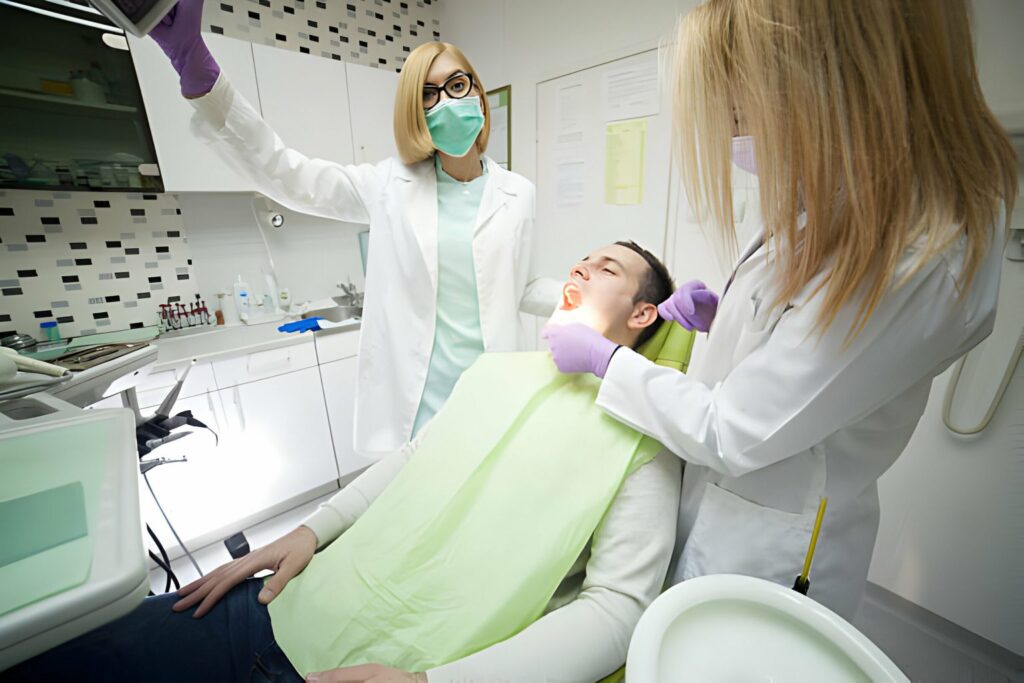
The dentist will also provide different painkillers to help manage your pain and discomfort post-treatment. You must even consider applying ice on the side of your cheeks in ten-minute intervals to help manage pain and swelling. If these tactics do not help, the dentist might prescribe more potent painkillers.
The final thing you need to do is ensure you get proper rest for at least a day after getting the treatment. Prop your head on the pillow while resting to minimize bleeding and ensure the wound heals quickly.
Caring After The First Day After Tooth Extraction
After you have completed the first twenty-four hours after removal, you can start reaming your usual life gradually. Start rinsing your mouth with a saltwater solution and gently brush and floss your teeth without touching the open socket.
Stick to soft food items in the initial days, as the socket still needs time before you can use your jaw correctly. You can eat things like pudding, soup, yogurt, scrambled eggs, mashed potatoes, and more after the first 24 hours of the procedure.
As your socket starts healing, consider returning to your regular diet, but that does not give you the green light to chop on almost anything. Remember, you must stick to your normal diet and avoid hard-to-chew food items during this period. This is important to prevent any socket injury that can jeopardize healing.
It will take a couple of days to recover gradually, but the healing process can span up to two weeks after the tooth extraction. You should immediately reach the dentist from Dental Killeen, TX if you notice any unlikely symptoms. These symptoms include chills, fever, vomiting, nausea, swelling, redness, excessive discharge, tough breathing, cough, or chest pain.
Important Post-Operative Instructions After Extraction
Tooth extractions can be challenging if you fail to take the appropriate measures for effective aftercare. So, here is some information on the matter to help you out.
Resting
Getting proper rest after a removal procedure is imperative. You must keep your head elevated and get up slowly from a reclining position to prevent dizziness. Avoid strenuous physical activities for two days after the treatment to ensure faster healing.
Managing Bruses And Swelling
The next important thing you need to do is monitor your bruises and swellings. If you see any signs of heavy swelling with excessive pain, consider it your queue to visit the dentist. You can use ice packs for the first day to reduce swelling and better manage pain. Applying moist heat on your cheeks can also help after the first few days of extraction.
Medications
As with any other dental preventive procedure, removal requires medication after the treatment. Start taking your pain meds before the numbness wears off, and take any necessary antibiotics as and if prescribed by the dentist. Some pain medications might cause lightheadedness or stomach problems, so you must take them accordingly.
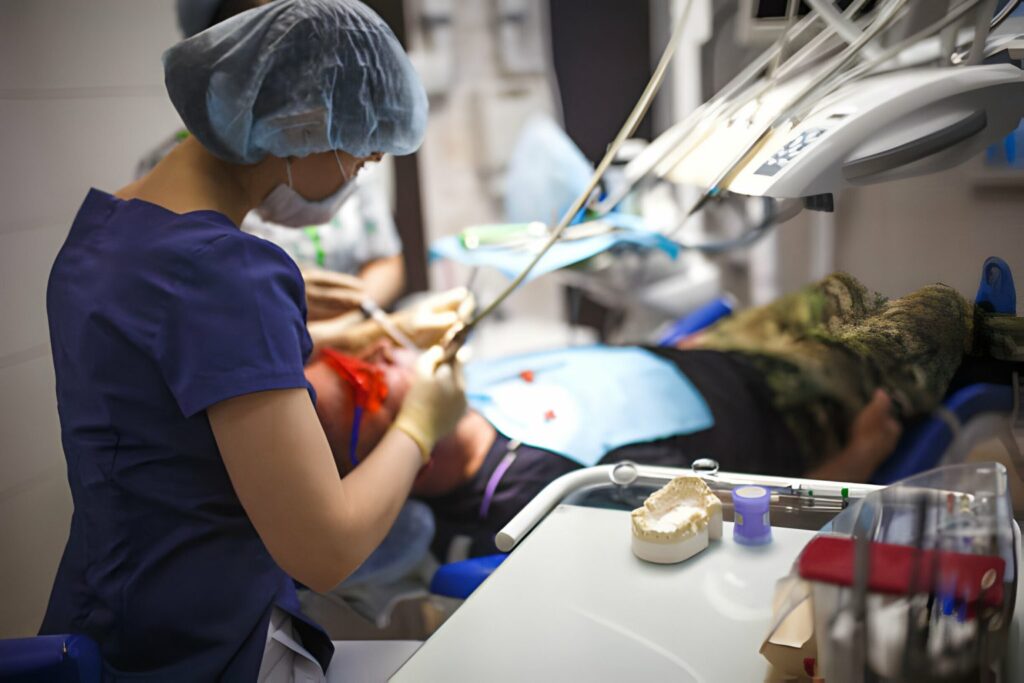
Mouth Care
Caring for your mouth is essential after removal, but you should still continue your practices right after the procedure. Dentists recommend you wait for at least three days after the surgery before rinsing, spitting, or sucking liquids with a straw.
You can start rinsing after three days, but ensure it is not vigorous for at least seven days after the treatment. You can also begin brushing your teeth after the procedure if you don’t touch the open socket.
Eating After Tooth Extraction
It is recommended you stick to softer food items after the first week of the surgery and avoid any hot, spicy, or food items with extreme temperatures. Instead, eating foods like soft, cooked veggies, yogurt, pasta, soup, eggs, and puddings is better. You must also avoid hard-to-chew food for a couple of days until your wounds have healed properly and the dentist is satisfied with the outcome of the dental prevention procedure.
Takeaway
- There might often be cases where your teeth are damaged beyond repair, leaving tooth extraction the only feasible alternative. This procedure requires the preventive dentist to extract the affected tooth from its roots.
- Getting proper rest after a removal procedure is imperative. You must keep your head elevated and get up slowly from a reclining position to prevent dizziness.
- If you see any signs of heavy swelling with excessive pain, consider it your queue to visit the dentist.
- Dentists recommend you wait for at least three days after the surgery before rinsing, spitting, or sucking liquids with a straw.
- Don’t bear the pain of tooth removal. Connect with our professionals at Killeen Dental Group to know more!


